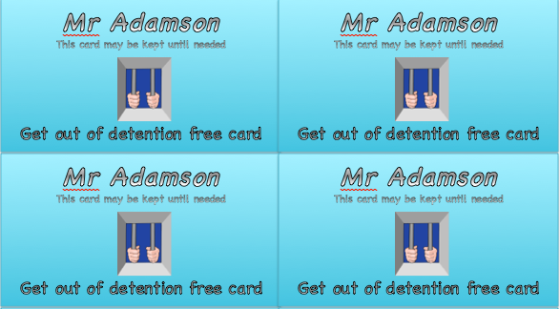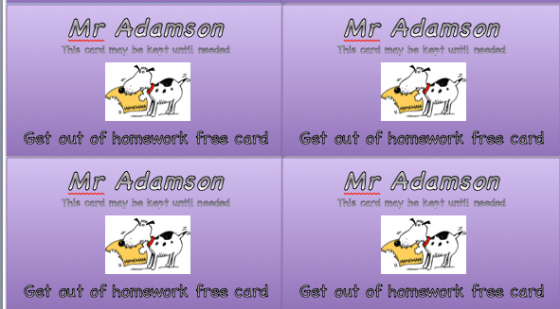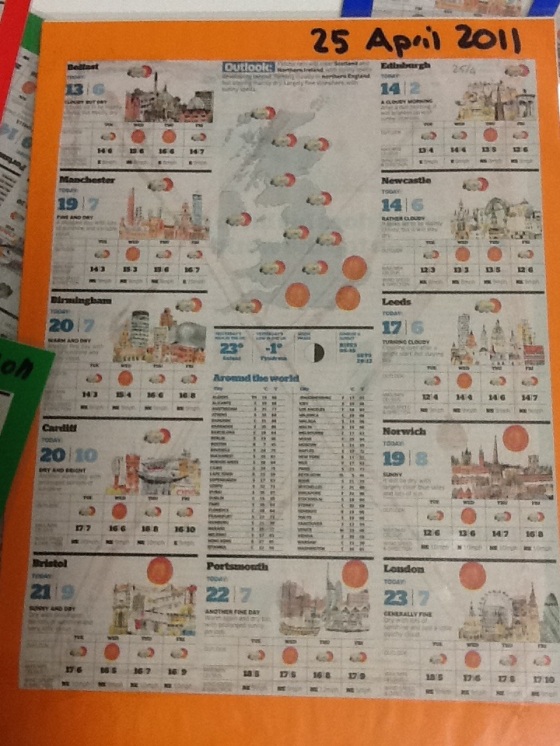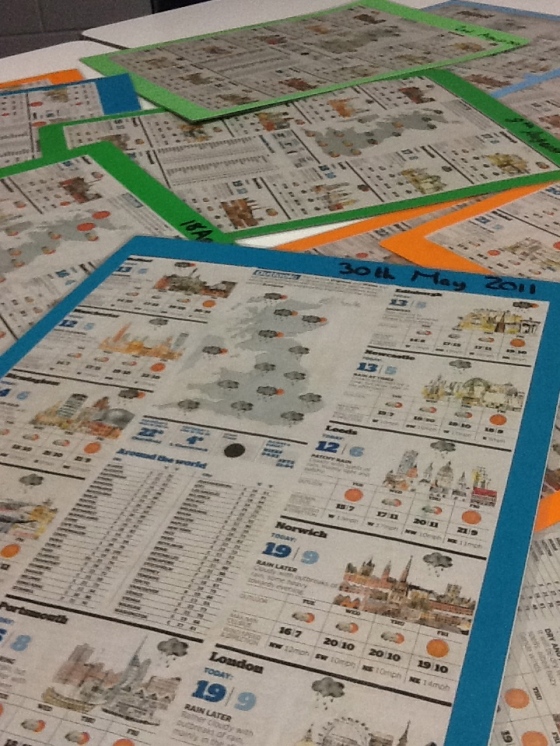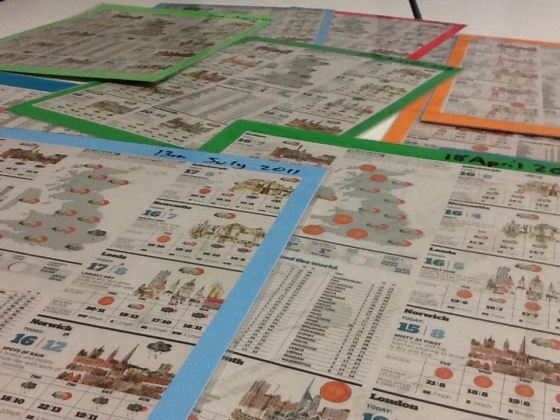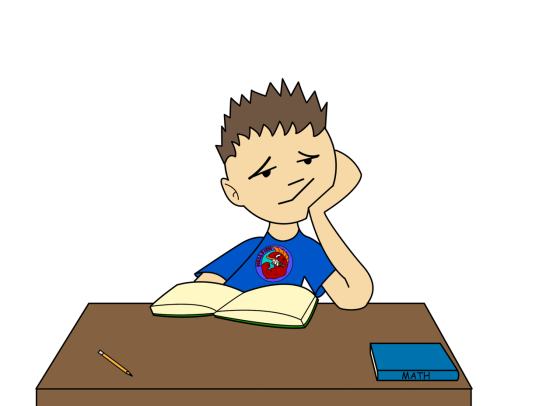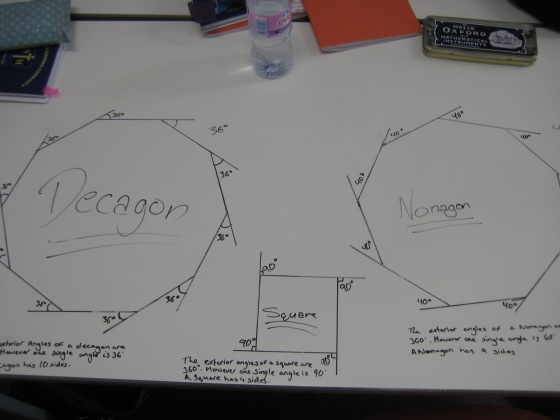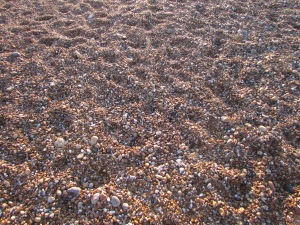I have to be totally honest with you all: I started writing this blog almost two weeks ago, but due to the sheer brilliance of Team GB I have been totally glued to the Olympics. However you can rest assured that my mathematical brain has been ticking over and searching out every opportunity to use Britain’s sporting success in the classroom.
I am a keen believer in relating Maths to real-life, and I aim to find connections everywhere possible. Sometimes very little effort is needed, particularly when it comes to sport. Whilst watching the Olympics, I noticed more maths than I could ever imagine. For example, the BBC have made short videos to explain the format of each sport, and here’s where the maths comes into play:
- Volleyball is played on an 18m x 9m court
- There is a 3m attacking zone either side of the net
- The net is 2.43m heigh for men and 2.24m for women
- A volleyball weighs between 260-280 grams and can travel at speeds up to 100mph
- There are 5 sets, the first 4 sets are played to 25pts and the final set played to 15pts
- Each team has 6 players and 6 subs
- There are 12 teams in both the mens and womens tournaments, which comprise of 2 round robin groups, before knockout quarter final stages
So much data to work with… Next year I will be asking my pupils to find the area and perimeter of the courts used in the Olympics, maybe comparing the size and shapes of the Badminton and Judo courts (Judo uses a 10x10m square). A little more interesting and relevant than random squares and rectangles in my opinion.
The medal table provides another source of data, and I have saved a screenshot of the medal tally each day throughout the Games, which the kids can use to figure out which day was the most successful for GB? In terms of medals? In terms of golds? And how have GB done compared to previous Olympiads?
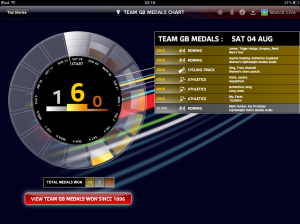
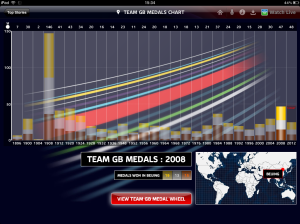
Why not use some Paralympic data in this way when the new term starts? And that’s not all you can do with Olympic maths…
While watching the Team GB gymnasts win their first medal for 100 years, I noticed how close the scores were – down to hundreths of a point – so I quickly took a photo. Using this will let pupils practice adding and subtracting decimals, while appreciating the importance of decimals when the competition is so close. There is similar opportunity when comparing times for swimming and athletics.

Mens gymnastic scores, taken before Japan’s reprieve
The picture above was taken before the Japanese team appealed about their score, prompting an update which changed the order of the top 4. I snapped a picture of the new results so that I can ask pupils to work out how many extra marks Japan were awarded. I think it is important for pupils working with decimals to see their impact in a real-life medal changing environment.
Sticking with ‘Number’, the Heptathlon is a track and field combined events contest made up of seven events, with the name derived from the Greek hepta (seven) and athlon (contest). After each event the heptathlete is given a points score, with the aim being to get the highest points total after all the events. My first instinct in using this information during lessons was simply to practice adding and subtracting these scores, working out the differences between the athletes.
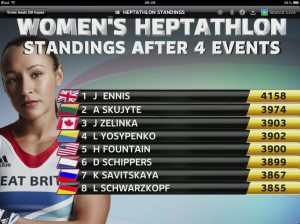
After delving a little deeper I found that the points awarded after each event are calculated using different formulae, so I can now introduce substituting into formulae using Britian’s golden girl, Jessica Ennis, as my lesson hook.
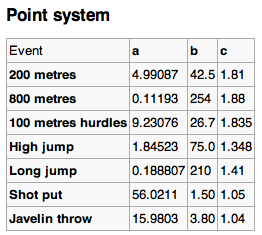
The events are split into three groups, and the scores are calculated according to the three formulae:
- Running events (200 m, 800 m and 100 m hurdles):

- Jumping events (high jump and long jump):

- Throwing events (shot put and javelin):

P is for points, T is for time in seconds, M is for height/length in centimetres and D is length in metres. a, b and c have different values for each of the events (see table).
As you can see from the table, the substitution will have to be done using a calculator but what better way to practice calculator use and substitution.
Swimming, athletics, cycling and rowing will all offer an opportunity to work with speed, distance and time, and I intend to work with the PE department to get the results from Sports Day; we can compare pupils from school to international athletes. Usain Bolt ran 100m in a new Olympic Record of 9.64 seconds, how fast are my pupils compared to the fastest man on the planet? If the weather is nice, I can also take pupils outside to record times of their own to then compare.
Team GB finished the Olympics with a massive 65 medals and because of the greater number of gold medals we ranked 3rd out of the competing nations. Russia on the other hand amassed 82 medals but due to fewer gold medals were ranked 4th. I want to find out how the table would look if acountries were ranked with a points system: 3 points for gold, 2 for silver and 1 for bronze. It is probably fair to say that the USA and China would still top the table but how about other nations?
At one point during the games, Britain had the most gold medals to population ratio. It will be interesting to ask my pupils to rank nations based on this criteria and make their own decisions as to who was the most successful nation during London 2012. You can find similar thoughts here and here.
Although the Games came to a close on Sunday, the maths didn’t stop… The BBC showed a graph of how the home nations of the past 20 years fared during their own Games and in later Games. Most nations went on to achieve less gold medals at subsequent Olympics; can Team GB buck the trend in Rio? Lets hope so.
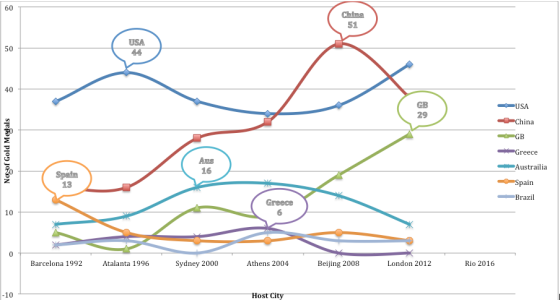
So while we should all be enjoying a well earned summer holiday, don’t miss the opportunity to inspire a generation of mathematicians with something that they can relate to.
